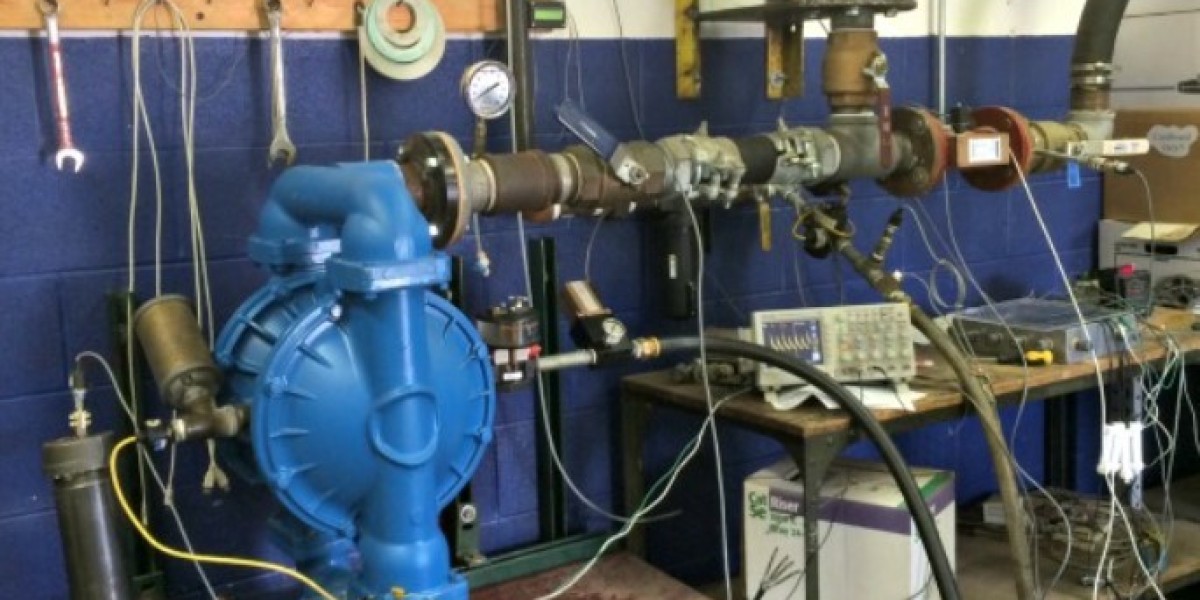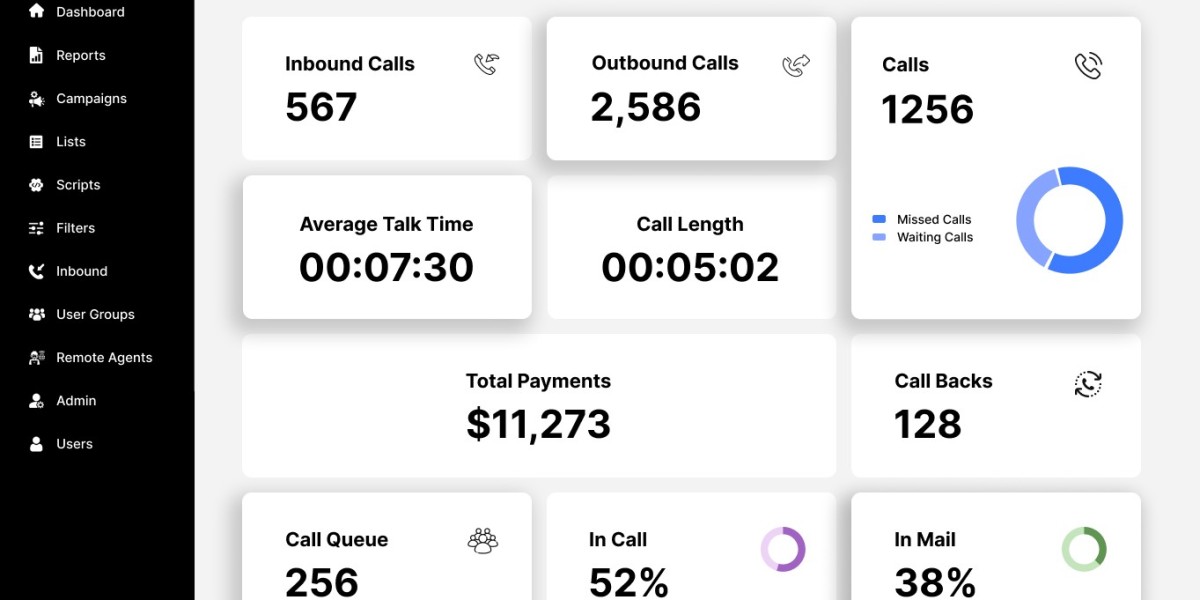AOD & Centrifugal Air Pumps are two popular choices for industries that require the movement of liquids and gases. Each of these pump types offers distinct advantages and is suited for specific applications, making it essential to understand their differences and how they can benefit your operations.
What Are AOD Pumps?
Air-operated diaphragm (AOD) pumps are powered by compressed air and use two diaphragms to move fluid through the system. The air shifts from one side of the diaphragm to the other, creating a vacuum that draws liquid into the pump and pushes it out through the discharge.
Key Features of AOD Pumps:
- Self-Priming: AOD pumps can handle a wide range of fluids, including those with high viscosity, without requiring external priming.
- Non-Electric: Since AOD pumps run on compressed air, they’re ideal for hazardous or explosion-prone environments where electric pumps could pose risks.
- Versatile: These pumps can handle abrasive, corrosive, and chemically aggressive fluids. They also work well with fluids that contain suspended solids or are shear-sensitive.
- Low Maintenance: With no seals, shafts, or motors to worry about, AOD pumps require less frequent maintenance and are easier to service in the field.
Common Applications:
- Chemical manufacturing
- Mining and construction
- Paints, coatings, and adhesives
- Food and beverage processing
- Water treatment and filtration systems
What Are Centrifugal Air Pumps?
Centrifugal air pumps, on the other hand, rely on rotating impellers to move air or liquids. The impellers generate centrifugal force, which accelerates the fluid outward, pushing it through the discharge port. These pumps are typically electric-powered, though they can be powered by compressed air in specific applications.
Key Features of Centrifugal Air Pumps:
- High Flow Rates: Centrifugal pumps are known for their ability to handle large volumes of fluid at relatively low pressure, making them efficient for many industrial uses.
- Energy Efficiency: These pumps are highly efficient when moving thin fluids at a constant flow, leading to lower operating costs.
- Compact Design: Centrifugal pumps often have a simpler, more compact design compared to AOD pumps, making them a good fit for applications with space limitations.
- Continuous Operation: Centrifugal air pumps can run for extended periods without interruption, making them ideal for large-scale industrial processes.
Common Applications:
- HVAC systems
- Water circulation in swimming pools
- Irrigation systems
- Oil and gas production
- Pharmaceutical and cosmetic manufacturing
AOD vs. Centrifugal: Which Pump Should You Choose?
The choice between an AOD and a centrifugal air pump comes down to your specific application and operational needs. Below are a few factors to consider:
1. Fluid Type and Viscosity
- AOD pumps are better suited for thicker, viscous, or solid-laden fluids, while centrifugal pumps excel in handling thin fluids like water or oils.
2. Operating Environment
- In environments where electric pumps are unsafe, such as flammable or explosive areas, AOD pumps offer a safer, non-electric alternative.
3. Flow Rate
- If you need to move large volumes of fluid quickly and continuously, a centrifugal pump is the better option. However, if your system requires intermittent operation or variable flow, AOD pumps offer greater flexibility.
4. Cost and Maintenance
- Centrifugal air pumps generally have a lower upfront cost and higher energy efficiency for simple, thin-fluid applications. AOD pumps, while more expensive, save time and resources in terms of maintenance and are more versatile.
Conclusion
AOD and centrifugal air pumps are both valuable tools, but their differences in design and functionality make them suited for different tasks. Understanding the strengths and limitations of each pump type can help you make an informed decision, ensuring efficiency and cost-effectiveness in your operations.
Whether you need a pump for chemical processing, water circulation, or industrial cleaning, carefully considering your specific requirements will guide you toward the ideal solution for your business.









